Introduction
The landscape of 3D rendering is complex and multifaceted, influenced by a myriad of factors that dictate pricing strategies. As the demand for high-quality visualizations continues to rise, professionals in the field must navigate a delicate balance between project scope, client expectations, and market dynamics.
Understanding the intricacies of pricing models—from hourly rates to value-based pricing—becomes essential for lead architects seeking to optimize profitability while delivering exceptional results. Furthermore, the interplay between project complexity and cost underscores the importance of meticulous planning and communication, as even minor details can lead to significant financial implications.
This article delves into the critical elements that shape 3D rendering costs, providing insights that empower architects and designers to make informed decisions in an ever-evolving market.
Understanding the Factors Influencing 3D Rendering Prices
Determining how much to charge for 3D rendering services involves several critical factors that can significantly influence overall costs.
Scope: The dimensions and intricacies of an initiative play a pivotal role in pricing. Larger projects necessitate more extensive resources and time, often leading to higher fees.
For example, depicting an entire community can require significantly more assets and processing time compared to a single-car garage, which dramatically alters resource allocation and associated costs.Client Requirements: Specific requests from clients, such as desired detail levels or the number of revisions, are essential considerations that can affect the overall price. Tailoring services to meet these unique demands may require additional investment, underscoring the importance of customization in executing projects.
Market Demand: Staying informed about current market trends and average pricing strategies is crucial for positioning your services competitively. For instance, while fees for creating 3D floor plans typically range from $0.40 to $3 per square foot, understanding local market dynamics can help in setting appropriate rates. This variability highlights the impact of complexity and customization on pricing models.
Experience Level: Your expertise and a robust portfolio can justify premium pricing. Established professionals with a proven history of delivering high-quality visualizations can command higher fees, enhancing their competitive edge in the market.
Software and Tools: The selection of visualization software and tools affects both quality and cost. High-end software often incurs licensing fees that must be factored into the pricing structure. For example, Tier 4 pricing for top-tier 3D visualization services begins at £1500, aimed at large corporations requiring exceptional images for significant product launches.
Additionally, a case study on common pricing models shows that 2D floor plans are generally less expensive than 3D versions, with 3D floor plan images typically ranging from $500 to $2,000 depending on design complexity. This comparison highlights the effect of complexity on pricing.
Moreover, the significance of pre-sales visualization should not be overlooked; it boosts confidence in the endeavor and generates investment through persuasive visuals, acting as a connection between concept and reality. This joint planning process aligns customer vision with expert execution, ultimately driving customer satisfaction and marketing effectiveness.
These elements collectively shape the financial landscape of 3D visualization tasks, making it imperative for professionals to evaluate how much to charge for 3D rendering when establishing their pricing models. Particular case studies, such as the pricing variances observed in different types of endeavors, can further illustrate these points and provide clarity on how complexity influences costs.
Exploring Pricing Models for 3D Rendering Services
When determining how much to charge for 3D rendering services, it’s crucial to take into account various models that address differing assignment requirements, influenced by factors such as complexity, turnaround time, and collaboration.
Hourly Rate: This model helps to determine how much to charge for 3D rendering based on the actual time invested in the task. It is especially beneficial for endeavors with unpredictable scopes, allowing flexibility in pricing that reflects the labor involved.
Per Project: A predetermined flat fee is established for the entire project, which is beneficial when the project scope is well-defined, providing clarity and enhancing trust between the parties involved, particularly regarding how much to charge for 3D rendering.
Per Image: This model charges a specific fee for each rendered image, which helps customers determine how much to charge for 3D rendering while allowing for straightforward budgeting based on their visualization needs.
Retainer Model: This cultivates long-term relationships with customers who pay a monthly fee for defined hours or services, ensuring reliable income while fostering deep collaboration.
Value-Based Pricing: Prices are established based on how much to charge for 3D rendering, reflecting the perceived value of the work to the customer rather than merely the cost of production. This model necessitates a thorough understanding of the client’s objectives and how the produced visuals contribute to their overall goals.
Essential information required to start a visualization task includes:
- Design concepts
- Sketches
- CAD files
- Specific preferences
Understanding these elements is crucial as they significantly influence the quality and efficiency of 3D visualization services. For instance, outsourcing 3D visualization to professional studios can yield high-quality images and faster completion times, allowing architects and developers to focus on core activities.
Completion times for architectural visuals can vary based on project complexity. Typically, conceptual renderings may take a few days, while detailed presentations can require one to two weeks. This timeline is crucial for planning and managing customer expectations.
Customer testimonials, such as those from J. Scott Smith Visual Designs, emphasize the importance of trust and satisfaction in the architectural visualization process. As highlighted in customer reviews, maintaining schedules and budgets while delivering personalized service is crucial for successful outcomes. As the market evolves, understanding how much to charge for 3D rendering and the nuances of these pricing strategies is vital for optimizing profitability and client satisfaction.
How Project Complexity Affects 3D Rendering Costs
The complexity of a project plays a pivotal role in determining 3D rendering expenses, influenced by several key factors:
- Level of Detail: Intricate designs necessitate additional time and expertise to accurately render, which invariably raises costs. This additional effort translates into a higher price point, which raises the question of how much to charge for 3D rendering, as the depth of detail increases, directly impacting client understanding and satisfaction.
- Type of Rendering: The nature of the rendering—be it interior or exterior—can introduce varying degrees of complexity. For example, outside visuals often include more components and environmental factors, influencing overall pricing. As mentioned by GoGetCG, exterior visualizations can differ greatly in scale and category, ranging from a small cottage to a towering skyscraper.
- Animation vs. Static Images: When comparing static images to animated renderings, the latter typically demands more resources and time for production, leading to increased costs. The need for meticulous frame-by-frame detailing further escalates expenses in animation undertakings, which can enhance stakeholder communication by visualizing movement and flow.
- Customization Needs: Client requests for unique textures, lighting setups, or specific styles contribute to the complexity of the endeavor. Customization frequently necessitates extra modeling and rendering efforts, raising considerations about how much to charge for 3D rendering, which can substantially increase the overall expense while enhancing the chances of early design issue identification.
- Revisions: Complex tasks frequently involve multiple rounds of revisions to fine-tune details and meet client expectations. Each round of changes not only extends the timeline but also raises labor expenses, ultimately influencing how much to charge for 3D rendering. Effective oversight of revisions can result in savings during design development.
- Post-Production Enhancements: The post-production phase of architectural visualization focuses on enhancing realism and naturalness, which can significantly affect costs. Components like individuals, animals, and vehicles can raise costs but also improve the aesthetic attractiveness of the environment.
Grasping these aspects is vital for architects and stakeholders alike, as they manage the complexities of how much to charge for 3D rendering and the financial consequences of project intricacy in 3D visualization. Moreover, when selecting 3D architectural visualization services, consider these tips: assess the provider’s portfolio, review customer testimonials, and ensure they comprehend your specific requirements. Furthermore, outsourcing 3D visualization can improve business efficiency by allowing firms to focus on core activities while leveraging specialized expertise.
Furthermore, it’s crucial to recognize that online buyers are 66% more inclined to buy a product when high-quality 3D visuals are present, highlighting the importance of investing in detailed images to improve client engagement and success.
Average Costs for Different Types of 3D Rendering
The expenses linked to different forms of 3D visualization can greatly fluctuate depending on project intricacy and specifications, leading to considerations about how much to charge for 3D rendering. As an experienced lead architect, understanding these nuances is crucial for effective budgeting. A breakdown of these average expenses is as follows:
Architectural Visualizations: The typical expense for architectural imagery is $1,500 per image, with rates generally fluctuating between $300 to $1,500 per image, dependent on the complexity of the design and the degree of detail needed. The intricacy of the endeavor—whether it’s a vast community with several structures or a single-car garage—will impact these expenses considerably, as larger undertakings often require more substantial resources and time.
Interior Visualizations: The expense for these visuals typically ranges from $500 to $2,000, reflecting both the detail involved and the number of perspectives necessary for a thorough presentation.
Exterior Renderings: Average expenses for exterior renderings range from $400 to $1,800, affected by the scale and complexity of the project. Projects that require intricate details, such as the texture of materials or the play of sunlight on surfaces, will demand more resources and time, thereby raising expenses. These details not only enhance the visual appeal but also contribute to the emotional resonance of the final product, making it feel more real and inviting.
3D Animation: This service can range from $1,000 to $10,000, depending on the duration and complexity of the animations produced. The average expense for animation is approximately $8,000 per minute, reflecting the detailed work involved.
Virtual Reality Imagery: Owing to the sophisticated technology and time required to develop immersive experiences, these visuals generally range between $2,000 and $10,000.
It’s crucial to acknowledge that charges for commercial visuals span from $2,000 to $10,000, with larger properties resulting in increased expenses. The importance of complex elements in architectural visuals not only improves realism but also heightens the emotional influence of a project, ensuring customer involvement. Comprehending these price ranges is essential for lead architects, especially when considering the potential for high-quality output from firms like CYLIND, which produces up to 60 unique images monthly under the guidance of qualified architects and an art director.
As Alex Smith, manager and co-owner at Render3DQuick, states, ‘As the first point of contact when you get in touch with Render3DQuick, I love sharing my knowledge and answering any questions you may have about architectural visualization or the latest technologies and techniques we utilize.’ This dedication to customer communication and quality assurance validates the investment in professional visualization services, ensuring final deliverables meet and surpass expectations.
Strategies for Reducing 3D Rendering Costs
To effectively reduce 3D rendering expenses and enhance profitability, implement the following strategies:
Streamline Communication: Establishing clear and efficient communication channels with clients is paramount. This method alleviates misunderstandings and diminishes the chances of revisions that can increase expenses. As noted by industry leaders, effective communication directly influences outcomes and is vital for the success of 3D rendering endeavors. A study emphasizes that initiatives with effective communication practices experience a notable decrease in expenses and time delays. Additionally, ensure customers provide comprehensive information early in the process, including project specifications, timelines, and any relevant design preferences, to facilitate smoother workflows.
Utilize Efficient Software: Investing in high-performance rendering software can significantly optimize rendering times, leading to both time and financial savings. The latest software solutions not only enhance productivity but also improve the overall quality of deliverables. Audi highlights this improvement, stating that
a real-time 3D user experience is a drastic improvement over typical 2D experiences, underscoring the necessity of leveraging advanced tools to ensure accuracy in renderings.Limit Revisions: Implement a structured revision process to curtail the volume of changes requested by customers after the initial drafts are presented. By setting clear expectations from the outset, you can foster a smoother workflow and reduce the associated costs of revisions. This aligns with the collaborative planning process in interior design rendering, ensuring client vision is met with expert execution, which includes understanding how much to charge for 3D rendering.
Standardize Processes: Developing standardized workflows for repetitive tasks will enhance efficiency and minimize the time spent on each project. Streamlining these processes can result in a more predictable and manageable workload, ultimately decreasing expenses. Utilizing 3D renderings in these processes can help businesses reduce expenses and increase profitability, and understanding how much to charge for 3D rendering is supported by industry data that links effective use of 3D visualization to increased sales conversion.
Outsource When Necessary: During peak workloads, consider outsourcing specific tasks to skilled professionals who can offer quality services at competitive rates. This strategy facilitates the maintenance of high standards without overextending internal resources, ensuring that deadlines are met without compromising quality.
Implementing these strategies not only aids in controlling costs but also aligns with the broader trend of increasing sales conversion through effective 3D visualization. According to a case study titled ‘Increased Sales Conversion through 3D Visualization,’ brands have experienced significant sales growth due to effective use of 3D visualization, enhancing customer engagement by 20%. Notably, projects that utilized pre-sales visualization techniques reported a 30% increase in investor interest, demonstrating the tangible benefits of early and accurate client submissions.
Conclusion
Understanding the factors that influence 3D rendering prices is essential for lead architects aiming to optimize their project budgets. The interplay between project scope, client requirements, market demand, and the complexity of rendering tasks directly affects pricing strategies. By recognizing how each of these elements contributes to overall costs, architects can make informed decisions that enhance profitability while meeting client expectations.
The exploration of various pricing models further emphasizes the need for flexibility and adaptability in financial planning. Whether adopting an hourly rate, a per-project fee, or value-based pricing, the chosen model must align with the specific project requirements and client needs. This strategic approach not only fosters trust but also ensures that both parties are satisfied with the agreed-upon terms.
Moreover, the complexity of a project can significantly impact costs, highlighting the importance of detailed project planning and effective communication. By managing client expectations and streamlining processes, architects can mitigate potential cost overruns and enhance project efficiency. Implementing strategies such as utilizing advanced software and outsourcing when necessary can lead to substantial time and cost savings, ultimately contributing to project success.
In summary, navigating the financial landscape of 3D rendering requires a comprehensive understanding of pricing models, project complexity, and cost-reduction strategies. By leveraging these insights, lead architects can not only achieve their financial goals but also deliver high-quality visualizations that resonate with clients and stakeholders alike. As the demand for exceptional 3D renderings continues to grow, mastering these elements will be crucial for success in an increasingly competitive market.

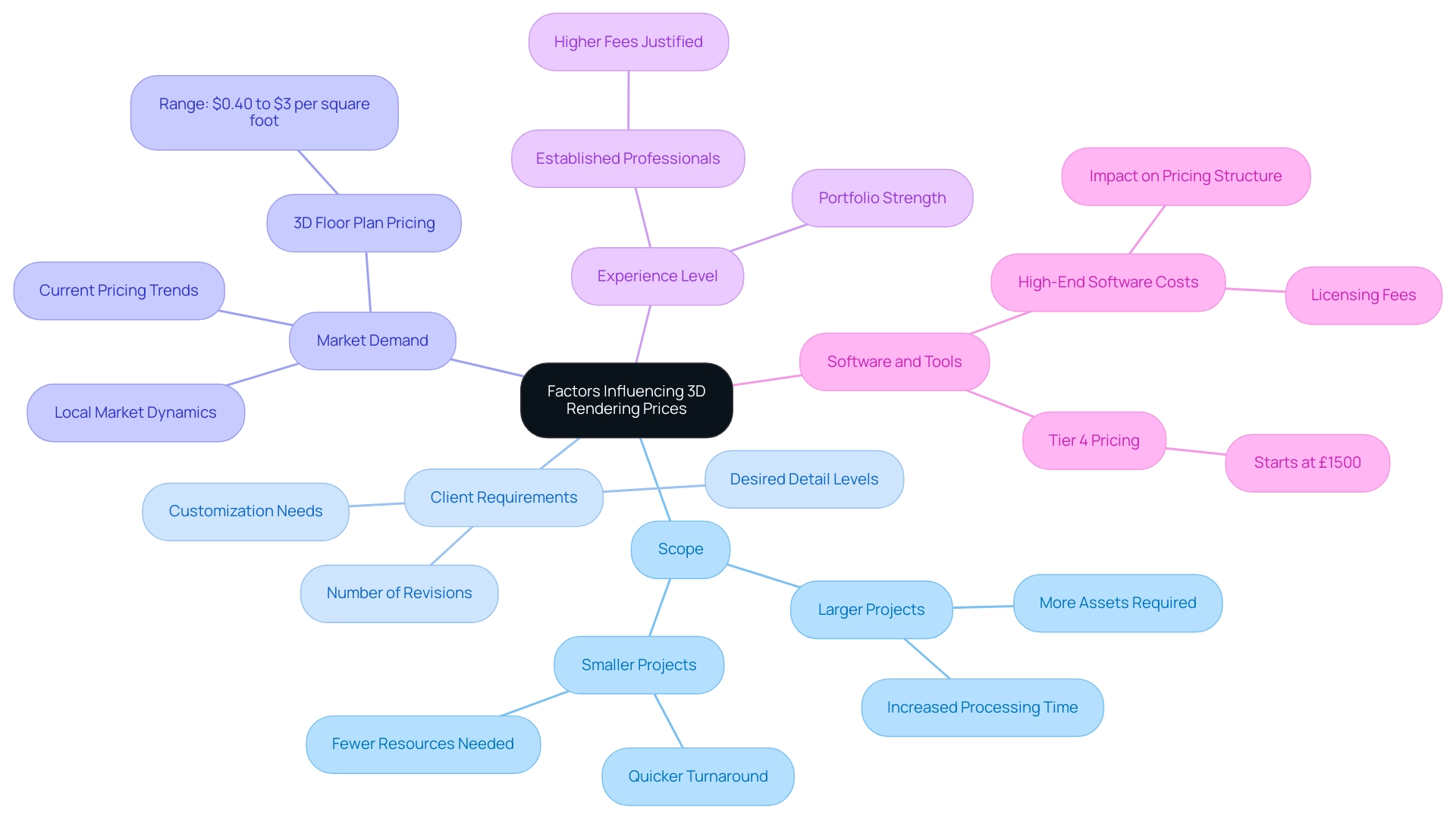
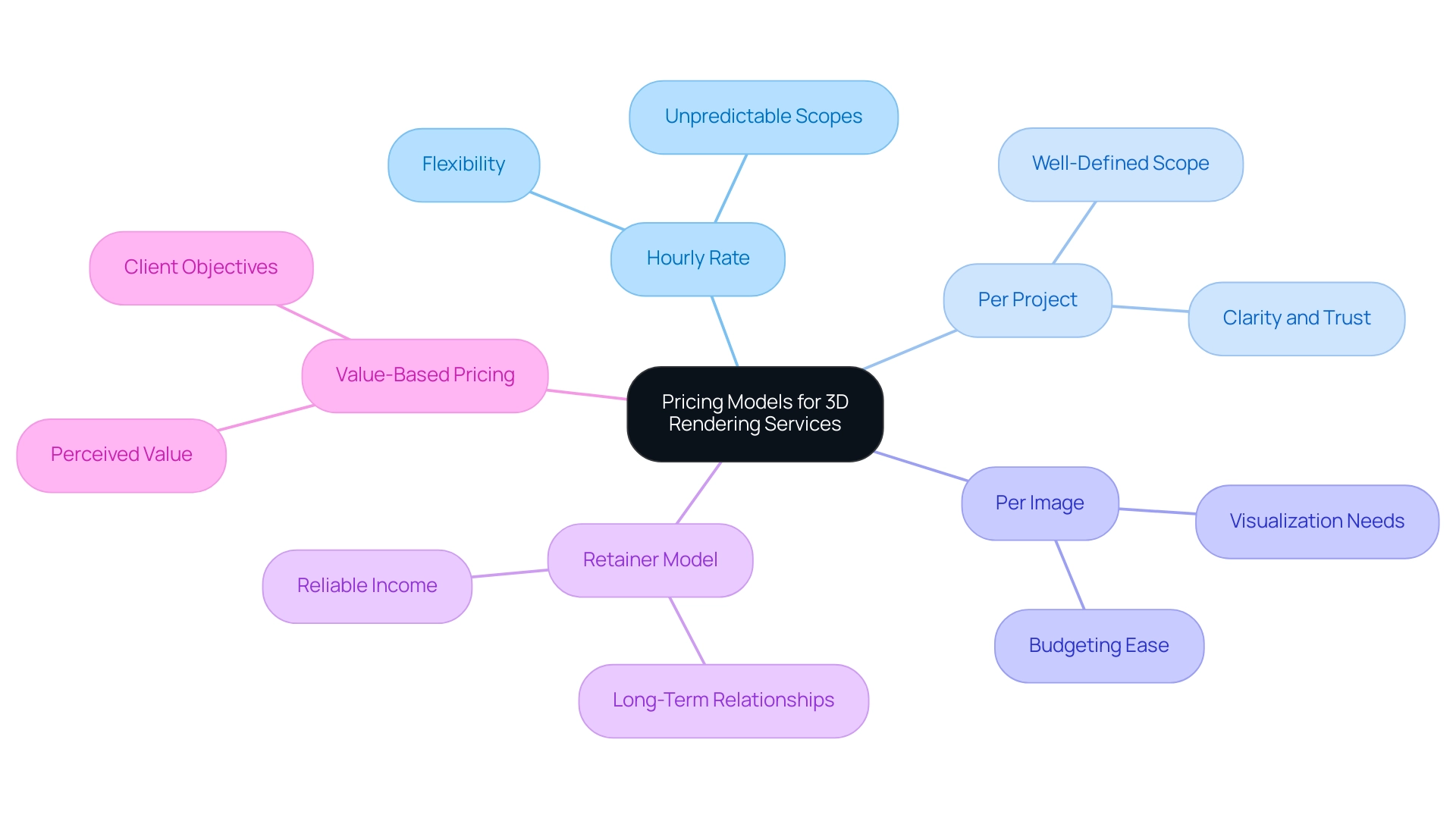
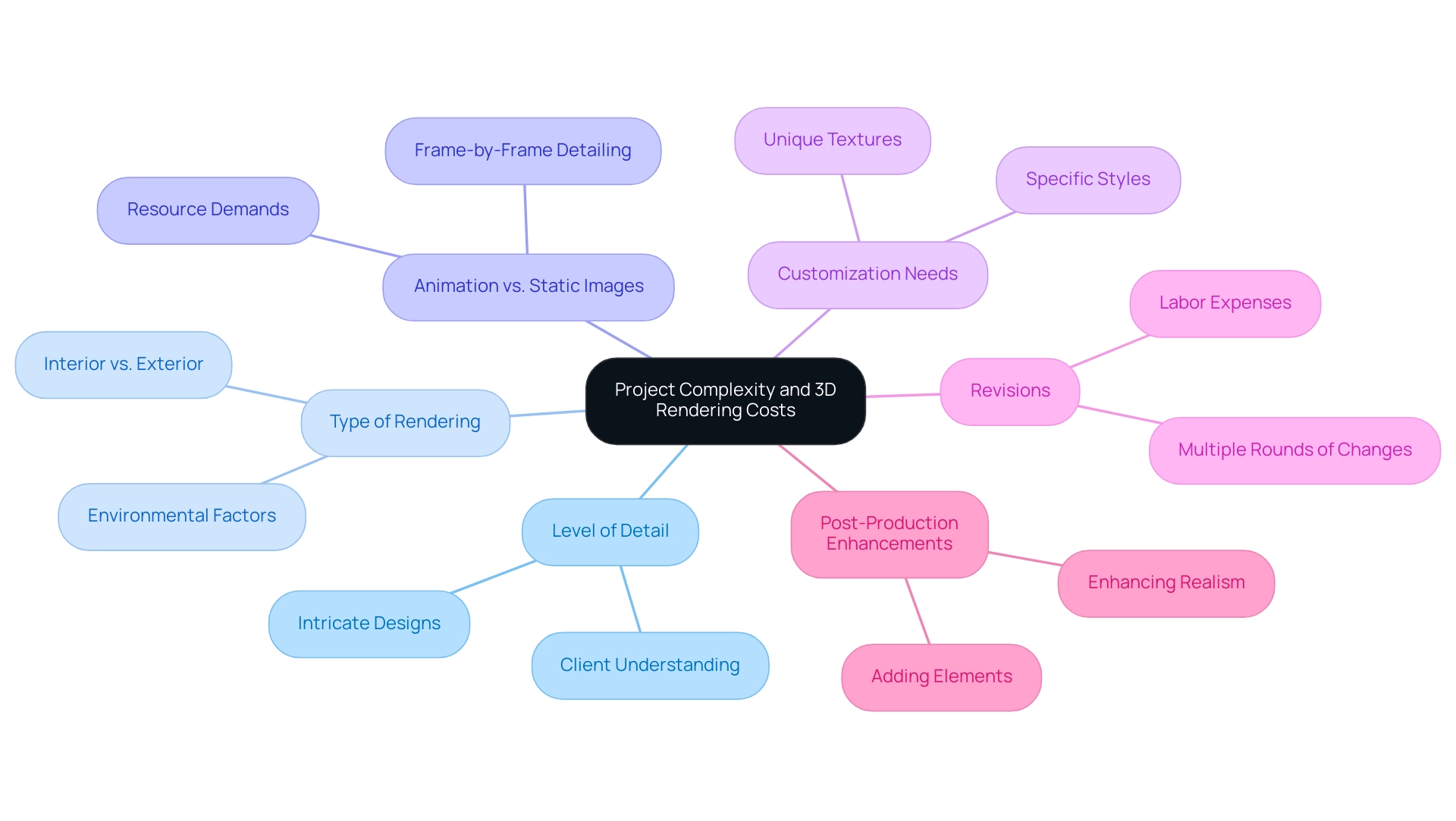
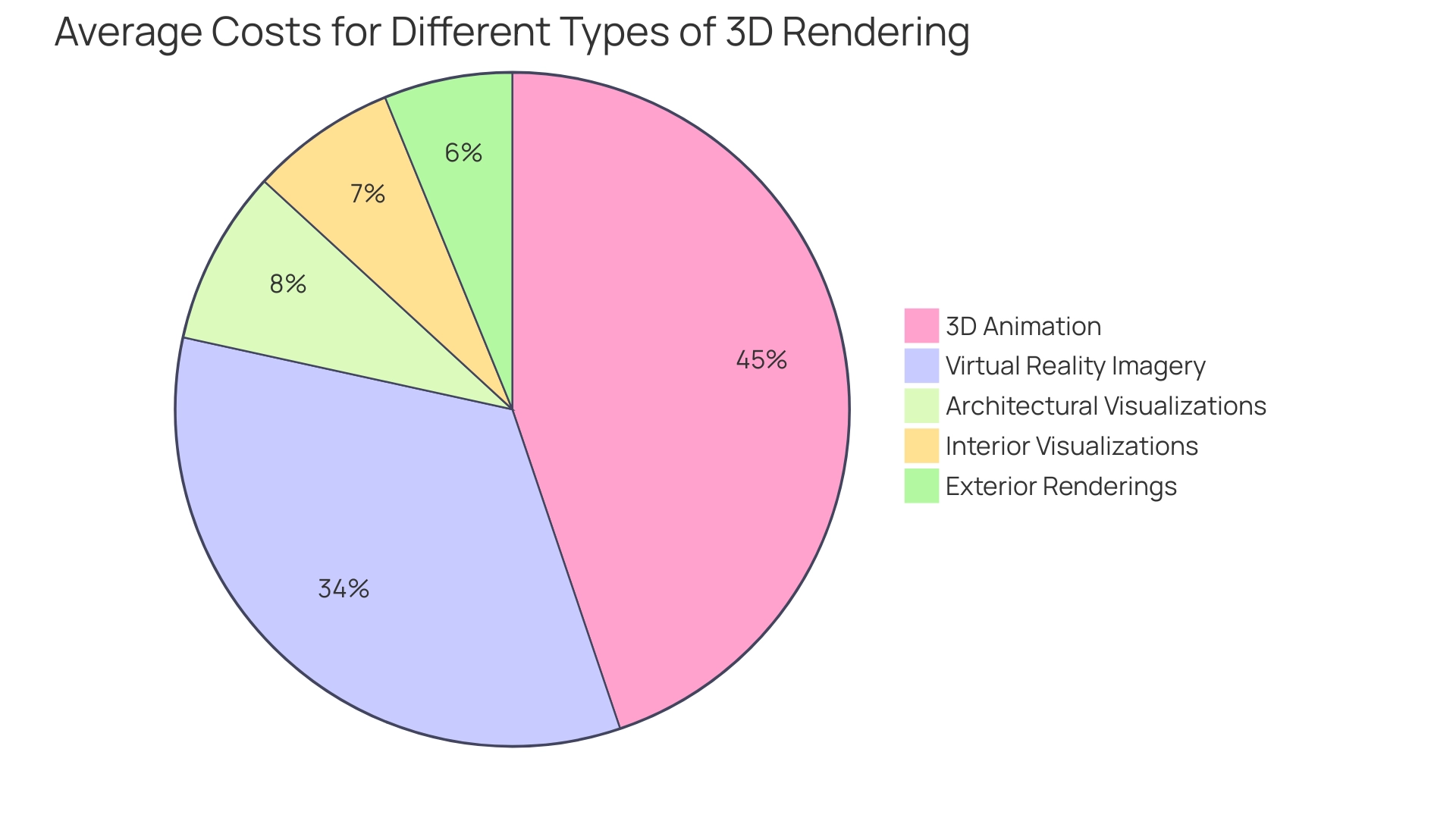
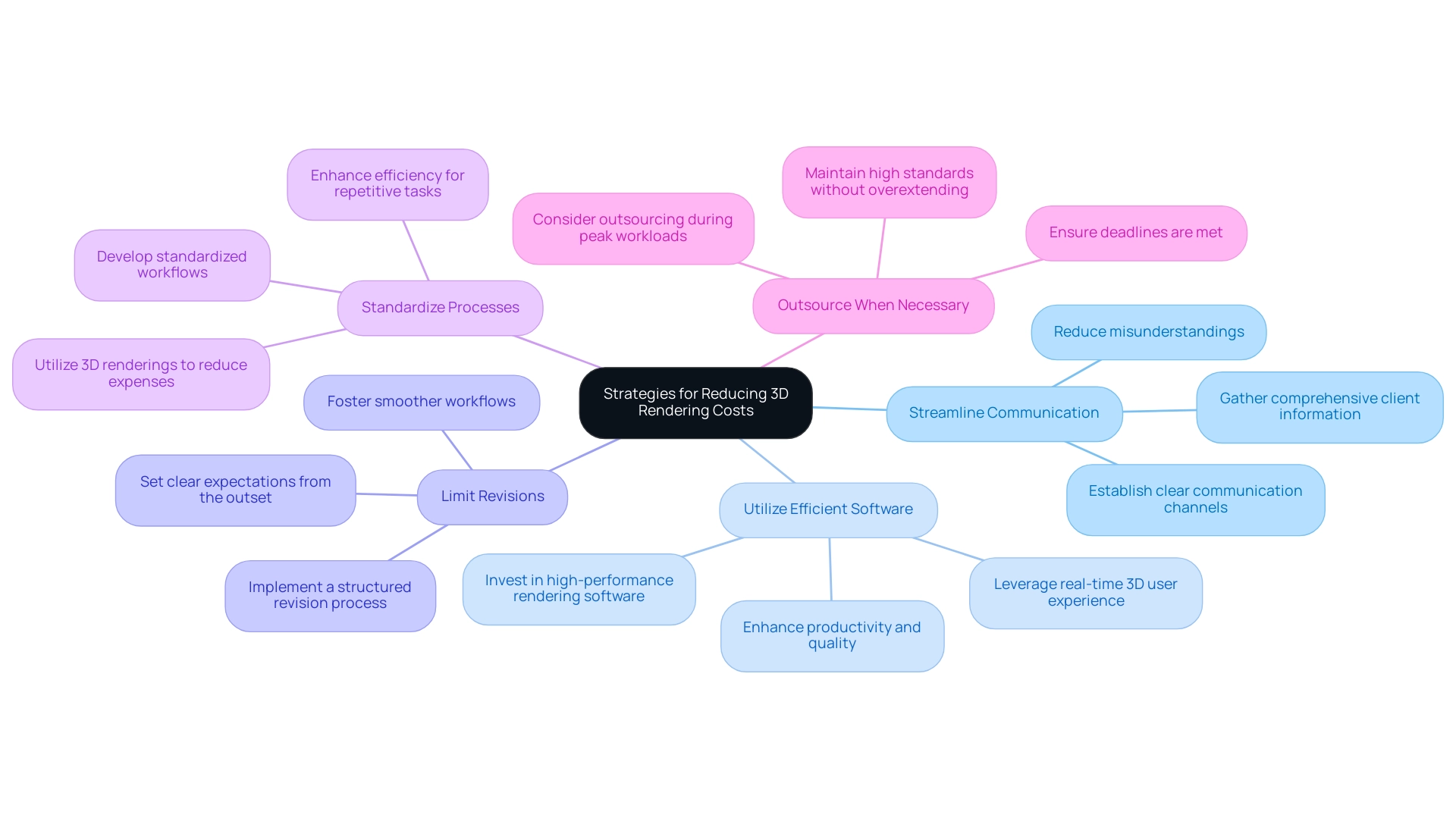
0 Comments